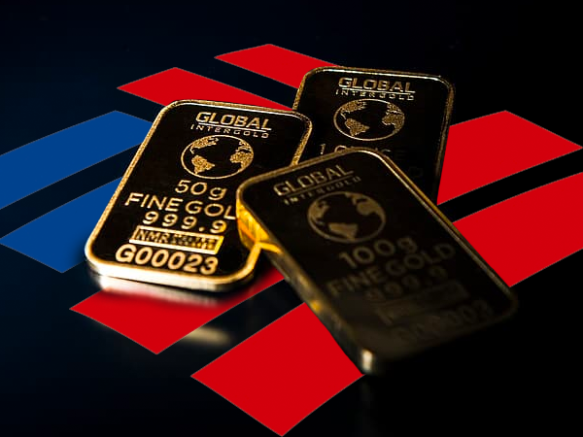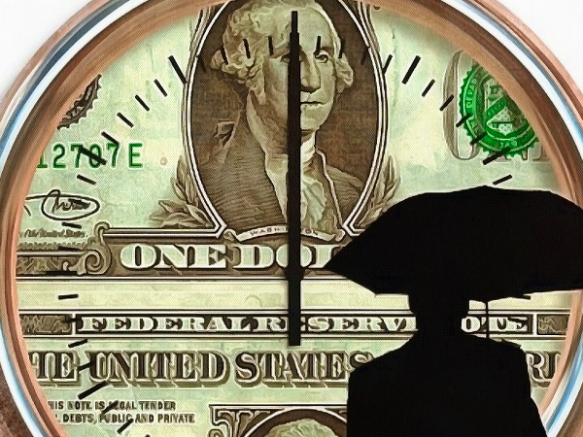Strategist Paul Ciana cites numerous factors for his forecast, including COVID-19 uncertainty, international trade tensions, the upcoming election, and more.

Having extended its spectacular performance from the second half of 2019 due to a global pandemic over the past few months, gold is now up roughly 16% since the start of the year, touching $1,779 on Wednesday for the first time since October 2012. And, according to a recent note by Bank of America, the trend is slated to continue, as global uncertainty continues to rise.
In the note, Bank of America Chief Global FICC Technical Strategist Paul Ciana explained why the metal is primed to keep testing the 2012 highs in the $1,798-$1,805 range this week and possibly surpass them. If the metal indeed breaks past $1,800, Ciana pegs the all-time high of $1,920 as the next price target to look out for.
As Ciana noted, the end of Q2 marked an eight-week-long uptrend for gold, adding that technicals point to $1,900 in Q3 should the markets continue to behave in similar fashion. Furthermore, Ciana said that gold is already riding an upwards wave towards $2,000, stating that a range of $2,114-$2,296 is a realistic scenario.
Speaking about the reasons for his bullish prediction, the analyst cited a rise in uncertainty amid reports of new virus cases breaking out in the U.S. This has subdued expectations of swift economic recovery, which were already scarce among both market watchers and Federal Reserve officials. Perhaps most importantly, these concerns have flared up international trade tensions, which were a major talking point throughout 2019 and allowed gold to inch ever higher throughout the year.
Renewed concerns over another outbreak prompted White House trade advisor Peter Navarro to suggest that there might not be any trade deal with China, a statement that would be a massively powerful gold price driver on its own. However, latest reports have shown that the White House is also eyeing tariffs of up to 100% on $3.1 billion of goods from several of Europe’s top economies. While the Trump administration previously hinted towards a possible reassessment of trade relations with Europe, these details have materialized concerns over a negative impact on the domestic and global economy.
Along with these reasons, Ciana also said that the uncertainty surrounding the upcoming U.S. election should help push gold prices higher, an opinion shared by many other experts. In an interview with CNBC, HYCM Chief Currency Analyst Giles Coghlan voiced similar ideas as to where gold is heading, stating that volatility is likely to dominate the markets over the next few weeks.
Predicting a rise in both gold and silver in the medium-term, Coghlan took note that high-net-worth individuals have been bolstering their portfolios with gold as uncertainty rises from several angles. And while Coghlan said that an equity sell-off similar to the one in March could again affect gold, the analyst noted that it would probably not bring the metal below $1,680 while also allowing for an influx of new buyers.

